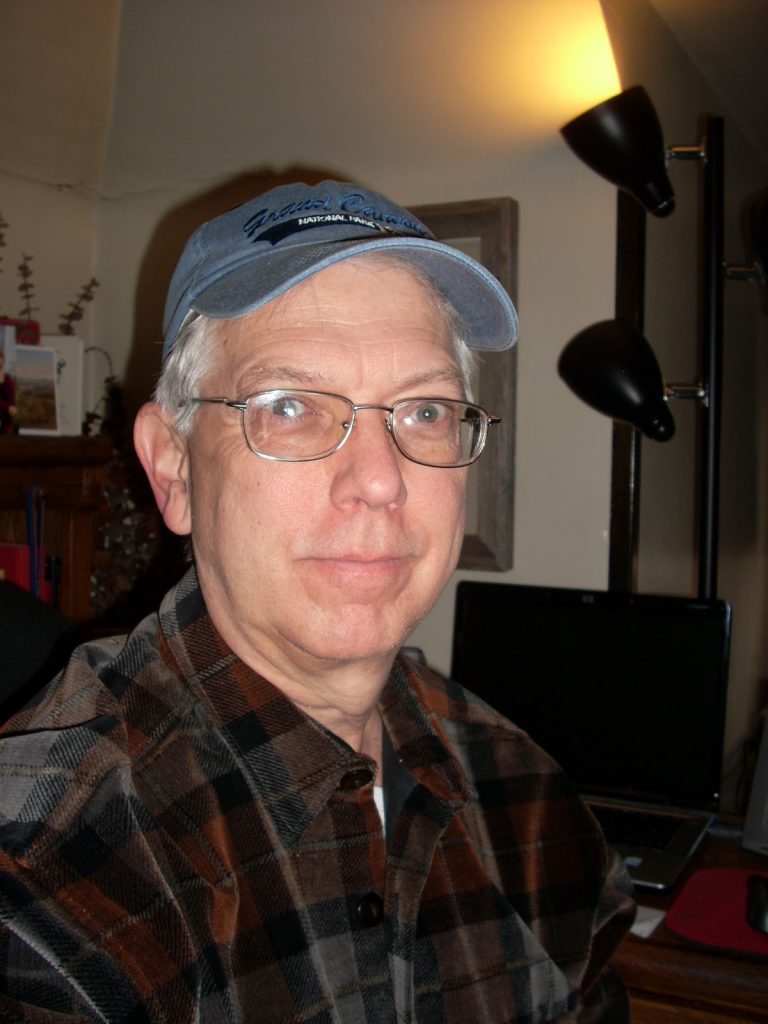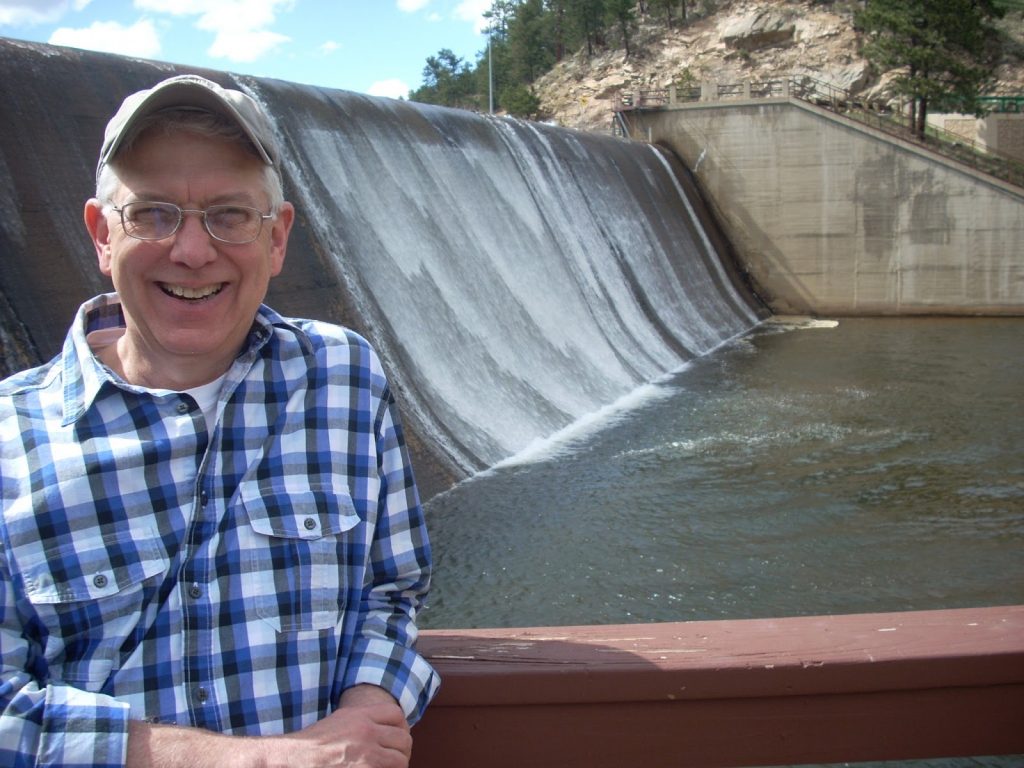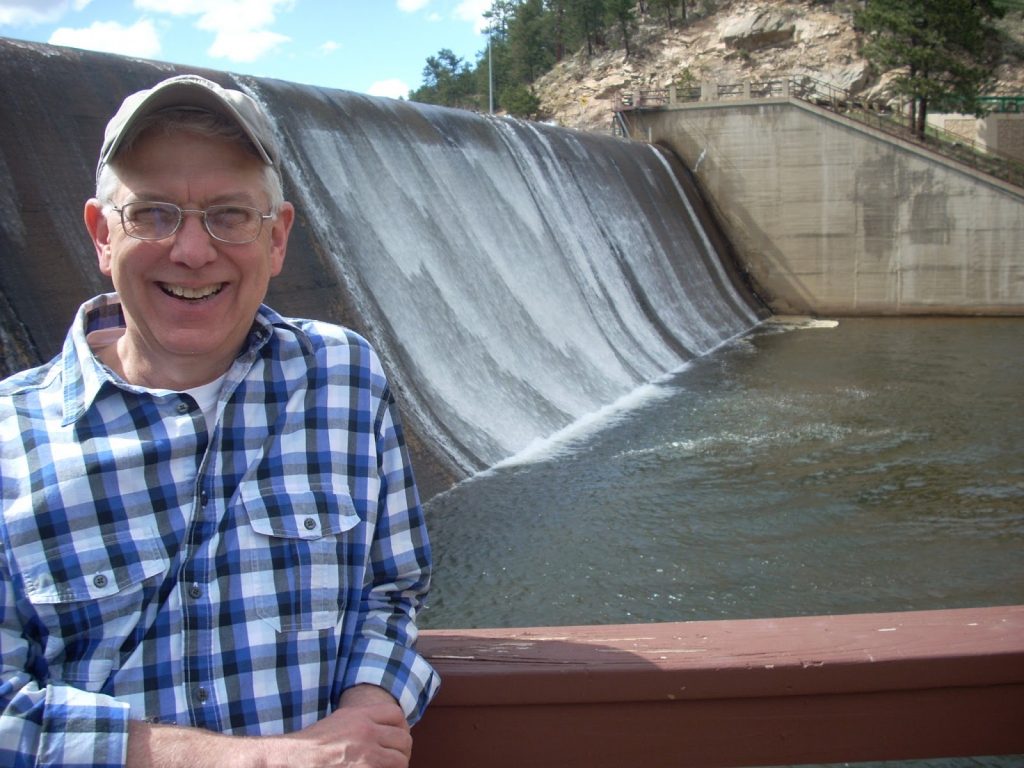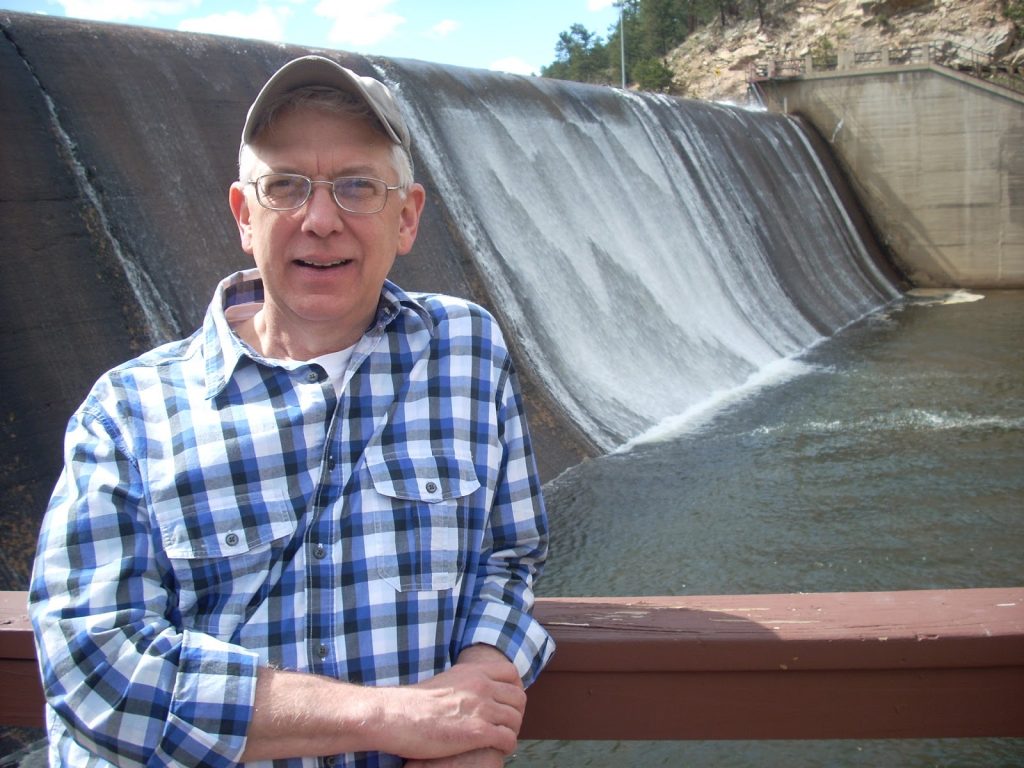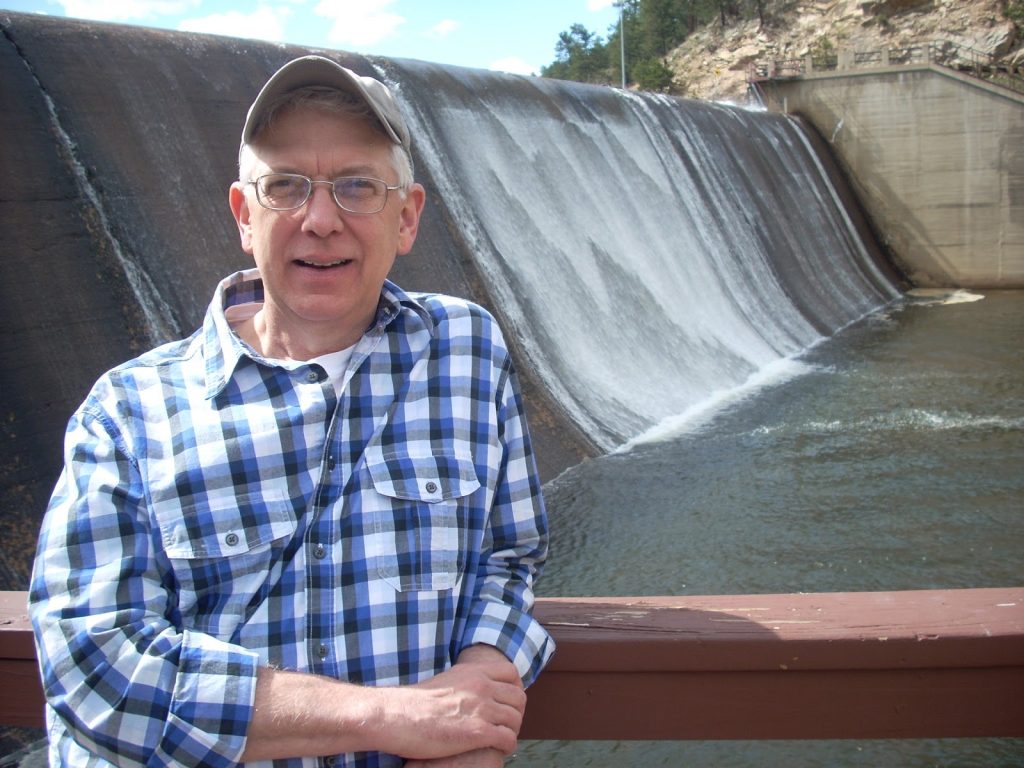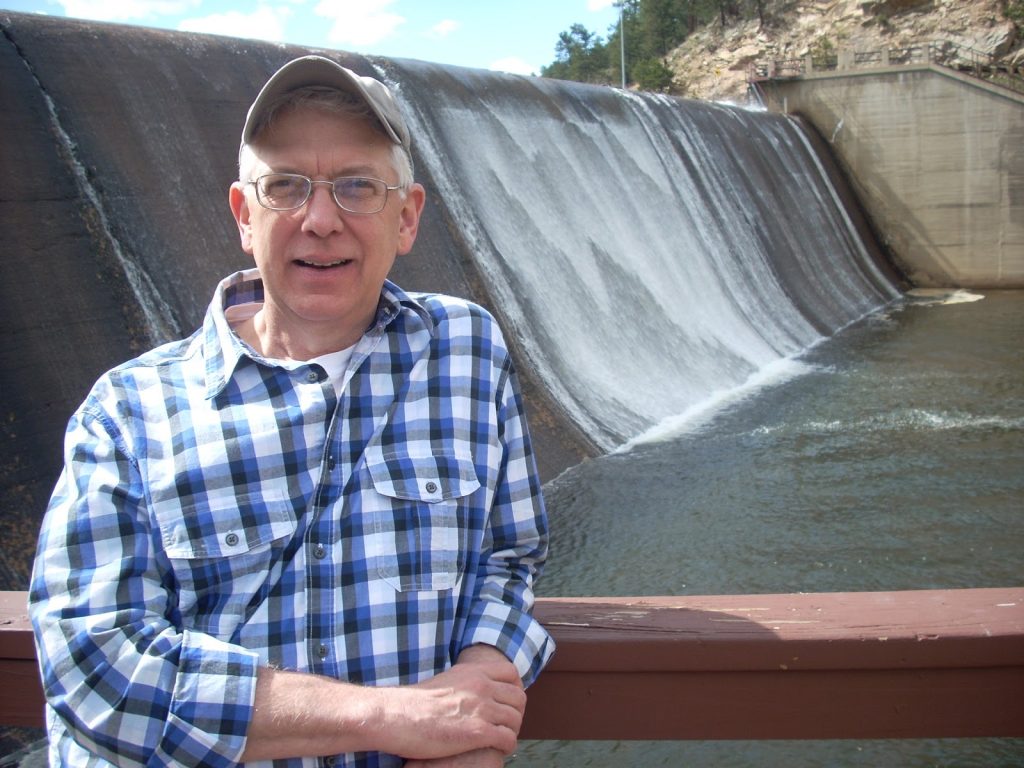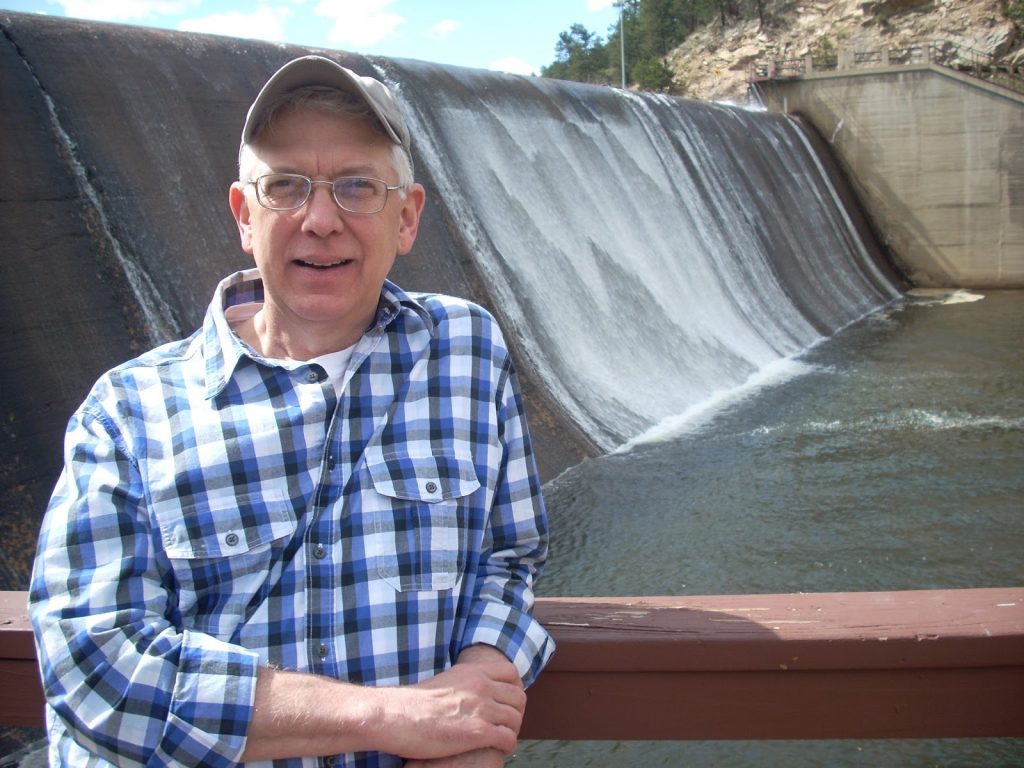I never wanted to be a truck driver, but that’s how I got
to Denver. I rented the moving van in Tulsa, Oklahoma, where I was ending my
conventional life characterized by many years with work and family. I packed up
what was left of my belongings and set out on an adventure, one that continues
to this day.
Denver, the destination and site of my adventure, was the
large city of my childhood. Yearly trips usually brought our family to Loveland
and Estes Park, and sometimes Dad would take us through Denver where he almost
always got lost. The diagonal streets made navigating too tricky. (I sometimes
have the same problem when I’m downtown.)
Here in Denver I saw my first dinosaur bones, my first skyscrapers, my
first art museum, and the then-new Cinerama movies. I was impressed. The town
seemed pretty clean, full of possibilities, and a place where unusual people
could gather and thrive. I had made quick visits to Kansas City, Missouri, and
Wichita, Kansas, but neither place made a lasting good impression or affected me
where it mattered: issues of art, archaeology, education, and scenery. I liked
Denver.
I had other visits to my favorite big city: an overnight
stay on my honeymoon, annual commutes from Kansas and Missouri to western
Colorado, and, in my forties, short sorties from Montrose into the city where I
stayed with a friend I had met in seminary. Then I often went to the Denver Art
Museum and the Denver Public Library. Both impressed me greatly. I even chose
my two favorite neighborhoods in which I might live should I ever move here.
I spent a short time in Tulsa. There my life really changed.
Things kind of caught up with me resulting in the ends of my marriage and of my
long career. I quit. I thought about where to go, what to do. I decided to move
to a western city and considered Denver, San Diego, and Seattle. My Denver
friend suggested I get out of Tulsa before I got in trouble; I could crash at
his place. His offer solved a few things for me, but mainly promised a place to
live while I found a job. Besides, I knew Denver had adequate public
transportation. So I packed up what things I had after my separation from my
wife and hit the road.
Now driving a truck was a new experience for me,
especially across four states. I knew I’d need a rather large van but didn’t
want one so large I’d be scared on the road. So I started giving away my
belongings—most of my library, music, records, cassette tapes, and even some
CDs. I culled my files and finally threw away almost all of them. I filled
several boxes with books for my kids and grandkids. I rented a big yellow truck,
packed it with what was left, and drove it to Missouri where I unpacked most of
the furniture at my daughter’s apartment.
Matthew, my six-year-old grandson, accompanied me on the
trip. We stopped near Booneville, Missouri, for gas and snacks. Before we
reached Kansas City my young companion was fast asleep. I gassed up at a 7-11
in Topeka, the city where my long-time friend-lover lived. Being so late, I
didn’t call him as I had promised I would always do in the letter I sent at the
end of our affair. I hated breaking this promise, but I had to keep going on
down the roads I’d begun traveling. We stopped at a rest area west of
Salina—the end of the Flint Hills where I was born and the beginning of the
high plains. It seemed a point of demarcation for me. There I realized I was
driving a little truck, so it then
seemed, parked alongside several huge rigs. The contrast helped me realize the
challenges I faced were not as large as I had been thinking. My grandson
awakened briefly. Then we slept several hours before cleaning up as well as one
can in such a place. The day dawned bright and beautiful. We drove west
stopping at high noon in Goodland where we picnicked at a city park. My
grandson ran through sprinklers of icy cold water on that hot summer afternoon
while I sat and then lay on a picnic table under a shelter. I watched his
cavorting, yelled out my encouragement, and enjoyed his display of enthusiasm. I
thought I’d need to be like that kid in Denver, in my new life, playful and in
the moment. At Burlington, Colorado, we stopped at the outdoors museum, a
reconstruction of old buildings. We went to the saloon and ordered root beers.
A young dancehall girl thought my grandson was so cute; he was embarrassed and
wouldn’t answer her questions or even look at her. I wondered what I could
learn from that, perhaps to be true to myself but not without confidence. We
drove a few miles beyond to another roadside park. I had to sleep so got a pad
out of the back of the van and rested on another picnic table. Finally we pulled
into Denver—worn out (I’d slept little in three days) but elated.
Someone questioned whether making so many changes so
radically and in so little time constituted a mental breakdown. I realize my
decisions happened a little late to be a classic mid-life crisis but as an
analytical tidbit, midlife works for me. The themes had been present my whole
life long: my homosexual proclivity, my being a rather parent-pleasing middle
child, my personal understanding of religious realities, my commitment to music
and other arts, my abilities and inabilities to communicate my feelings, and my
sense of individuality (some would call selfishness). Anyway, I had to change,
so I morphed into a person now true to some themes I had kept out of the center
of my life. How I actually got to Denver from Tulsa seemed a symbol of a much
greater change: my yearning for simplicity that resulted in throwing away many
things, those accoutrements of modern life—steady job, salary, husband/wife relationship,
and much more. These thoughts had swirled around my head while I drove west to
my new home.
I unloaded some things into my friend’s apartment. I
loaded the rest into and on top of my son’s van. I was left with clothes, art
supplies, six boxes of books (I’d ridded myself of fifty-four boxes), and one
piece of furniture. I had seriously lightened my load. Finally I returned the
truck to the rental company. And now I’m telling my story like a truck driver,
at times excitedly, milking its entertainment value, but still including its
essential truths. That’s how I got to Denver to begin a new chapter of my life.
© 25 November 2011
About the Author
Phillip Hoyle
lives in Denver and spends his time writing, painting, and socializing. In
general he keeps busy with groups of writers and artists. Following thirty-two
years in church work and fifteen in a therapeutic massage practice, he now
focuses on creating beauty. He volunteers at The Center leading the SAGE
program “Telling Your Story.”
He also blogs
at artandmorebyphilhoyle.blogspot.com
